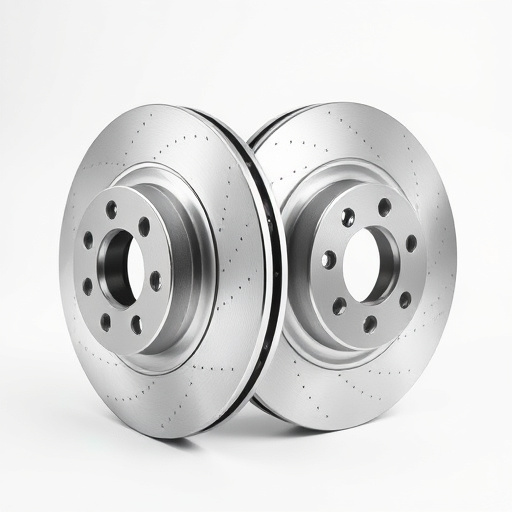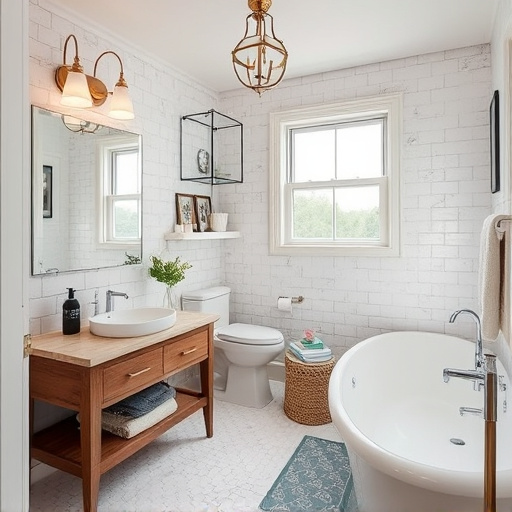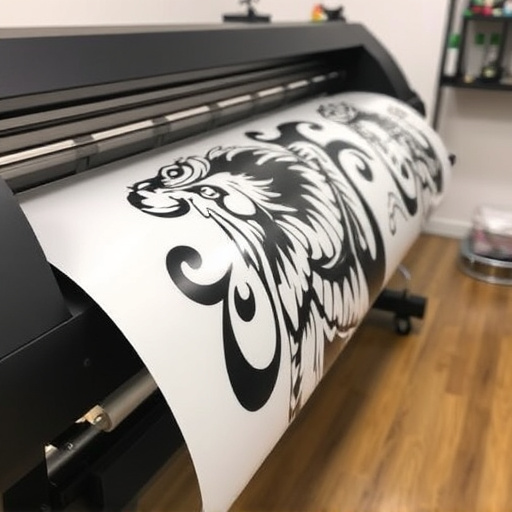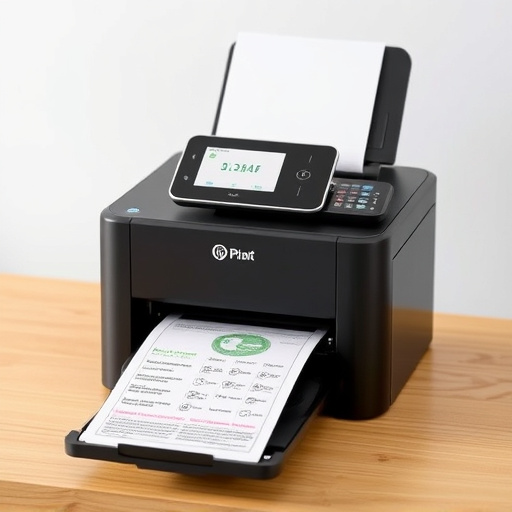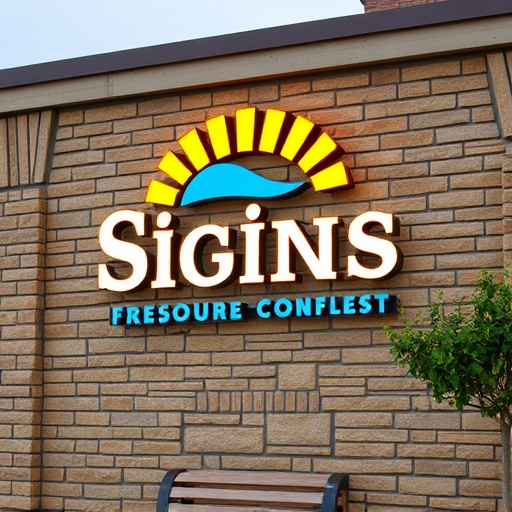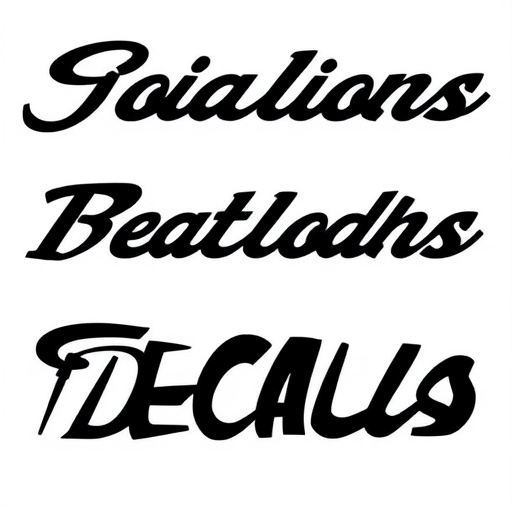Designing business cards that perfectly align with your brand's visual identity is crucial for a professional image. Incorporate color palette, typography, and aesthetic style; work with marketing team for unique graphics; use techniques like paint correction or vinyl wraps for distinctiveness. For professional services, select high-quality cardstock with specific finishes like matte, gloss, or textured surfaces; embossments or foil stamping enhance brand image. Tactile experience should reflect target audience; prominent logo placement and visual connections through color palette and typography ensure cohesive look and communicate quality.
Designing business cards that align with your brand’s visual identity is crucial for creating a memorable and professional impression. This comprehensive guide walks you through the process, from understanding your brand’s unique aesthetic to selecting the perfect cardstock and finish. We’ll explore how to seamlessly incorporate essential elements like your logo, color palette, and typography to ensure your business cards become a powerful tool in enhancing your branding.
- Understanding Your Brand's Visual Identity
- Choosing the Right Card Stock and Finish
- Incorporating Key Elements: Logo, Color Palette, Typography
Understanding Your Brand's Visual Identity

Designing business cards that perfectly align with your brand’s visual identity is essential for creating a cohesive and professional image. To achieve this, take time to thoroughly understand the core elements of your brand. This includes recognizing your brand’s color palette, typography choices, and overall aesthetic style. These components form the foundation of your brand’s visual language, which should be accurately reflected on every touchpoint, including business cards.
By studying your brand guidelines or working closely with your marketing team, you can uncover subtle nuances and unique characteristics that define your brand. Incorporate these elements into your card design using custom graphics, such as logos or illustrations, ensuring they are executed in the same style as your other branding materials. Even techniques like paint correction or vinyl wraps can be adapted to add a distinctive touch while maintaining visual consistency across all your promotional materials, including business cards.
Choosing the Right Card Stock and Finish

When designing business cards to match your branding, selecting the appropriate card stock and finish is a crucial step. The right choice can elevate your brand’s image and leave a lasting impression on potential clients. Opt for high-quality paper that aligns with the premium nature of your services; for instance, premium automotive services like window tinting and vehicle wraps can benefit from cards made with thicker, lusher stock to reflect their sophisticated offerings.
Consider finishes like matte, gloss, or even textured surfaces to add a unique touch. A subtle embossment or foil stamping can enhance the visual appeal while ensuring your business card design stays true to your brand’s aesthetic. Remember, the tactile experience of the card can influence how clients perceive your company, so choose wisely based on your target audience and the message you want to convey.
Incorporating Key Elements: Logo, Color Palette, Typography

When designing business cards that align with your brand, paying attention to key elements is essential for a cohesive look. The business card design should reflect your brand identity, starting with the logo—it’s the centerpiece and should be prominently featured. Ensure it’s easily recognizable and accurately represents your company or service.
Color plays a significant role in branding, so incorporating your color palette from other marketing materials is crucial. Use these colors effectively on the card to create a visual connection. For instance, if you offer services like protective coatings or window tinting, consider using sleek, modern fonts and a minimal design to match the professionalism of tasks like professional PPF installation. Typography choices should also align with your brand; select fonts that either complement or contrast with your existing typography in other promotional materials.
Designing business cards that align perfectly with your brand’s visual identity is a powerful way to create a memorable and professional impression. By understanding your brand’s unique characteristics, selecting high-quality cardstock, and strategically incorporating key branding elements, you can produce business cards that not only represent your company but also leave a lasting impact on potential clients. Remember, a well-designed business card is a small yet potent tool in building and strengthening your brand’s reputation.


